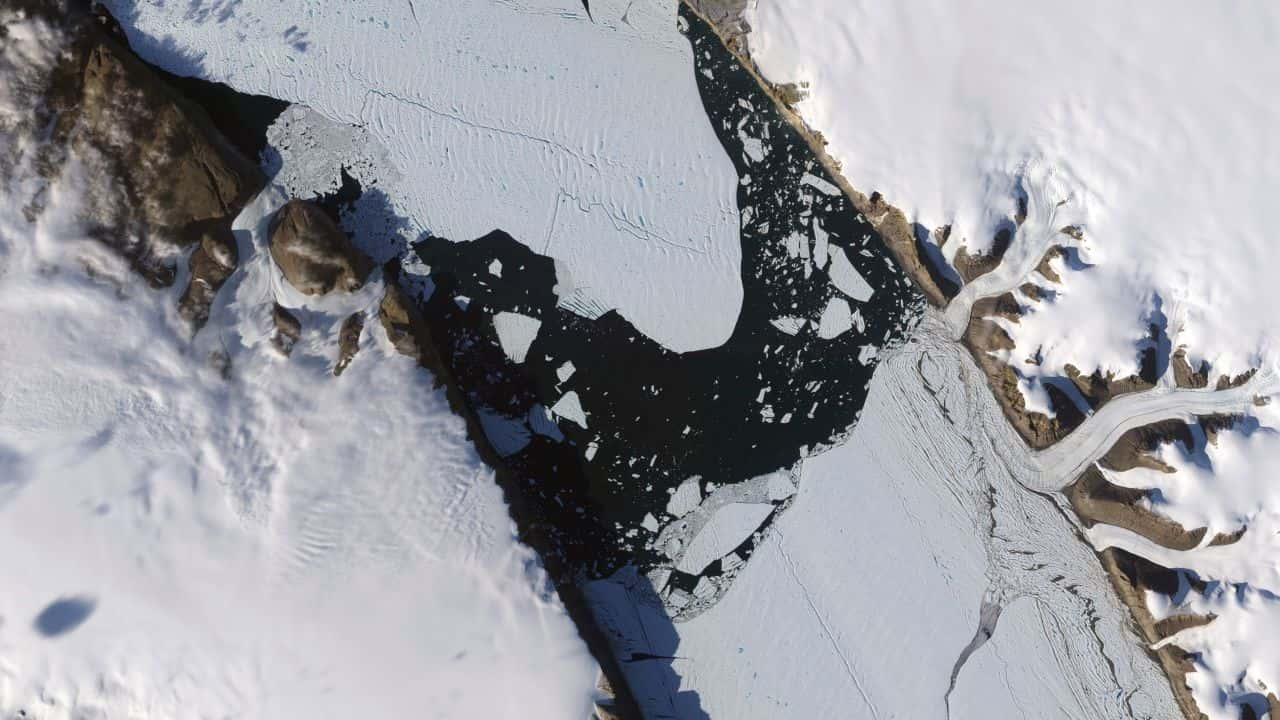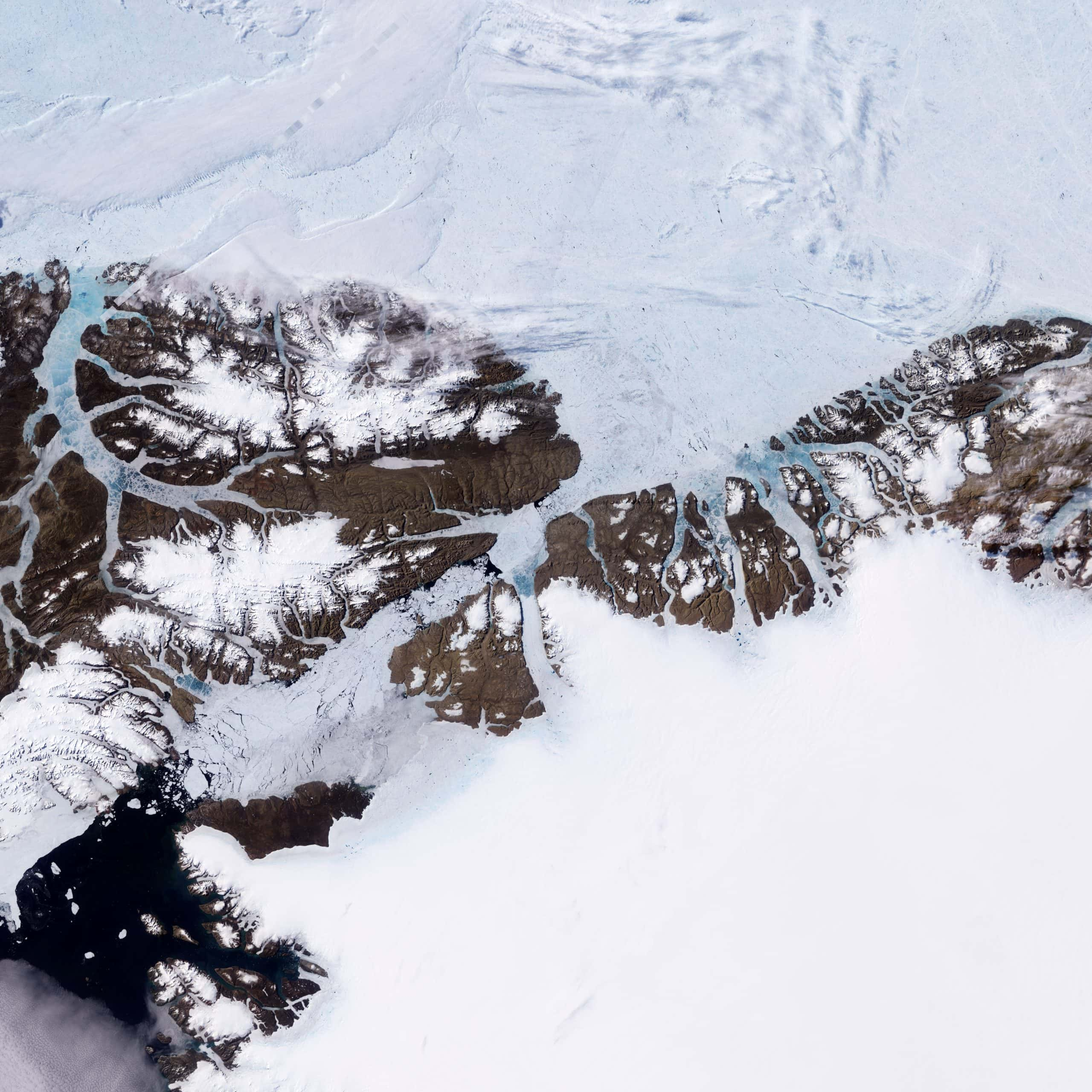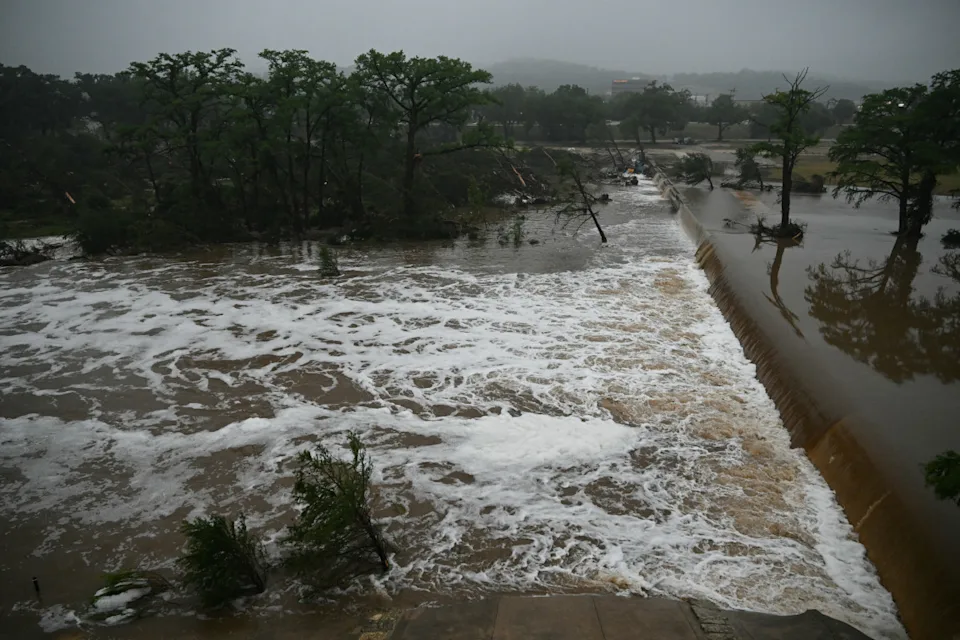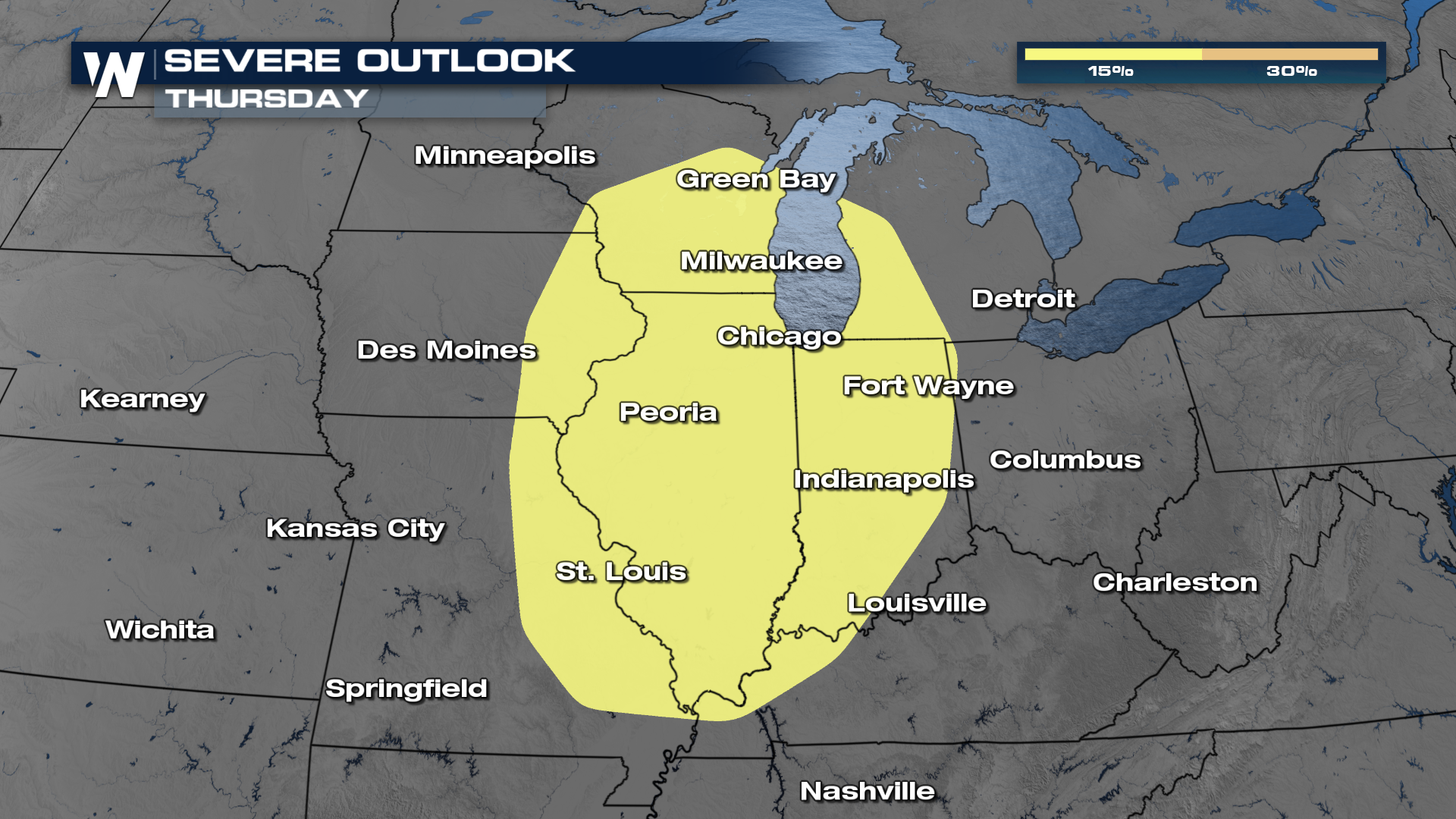The focus was on the channel where the glacier meets the ocean, forming an ice shelf.

In a recent post on social media platform X, two satellite images of Petermann Glacier Greenland were shared
The caption claimed that the Petermann Glacier Greenland had been growing by about three meters per day for the past eleven years, a statement contested by climate experts. While one image was dated 2012 and depicted the aftermath of large ice chunks breaking off the glacier, the 2023 image revealed glacial ice refilling the channel due to gravity-driven ice flow. This, however, does not signify growth, but rather the Petermann Glacier Greenland’s response to natural forces.
Research indicates that the Petermann Glacier Greenland has experienced significant mass loss over the years due to global warming. A study published in 2019 revealed a net loss of 56 billion metric tons of ice between 1972 and 2018. Moreover, the region surrounding the glacier witnessed a loss exceeding 300 billion metric tons of ice from 2002 to 2018.
NASA reports that Petermann Glacier Greenland is, overall, thinning, retreating, and accelerating in flow
The leading edge of the glacier has advanced by approximately 3.3 meters per day over the past 11 years, but this is attributed to calving, a process where large ice chunks break off and are lost to the sea. In light of these findings, it is crucial to understand that the growth claim is misleading.
The Petermann Glacier Greenland serves as just one indicator of the broader impacts of climate change, with human activities driving the accumulation of greenhouse gases and subsequent warming of the planet. This warming leads to the melting of ice sheets, glaciers, and Arctic sea ice, contributing to rising sea levels.
READ ALSO: 2023 Atlantic Hurricane Season Sees Series Of Powerful Weather Events




